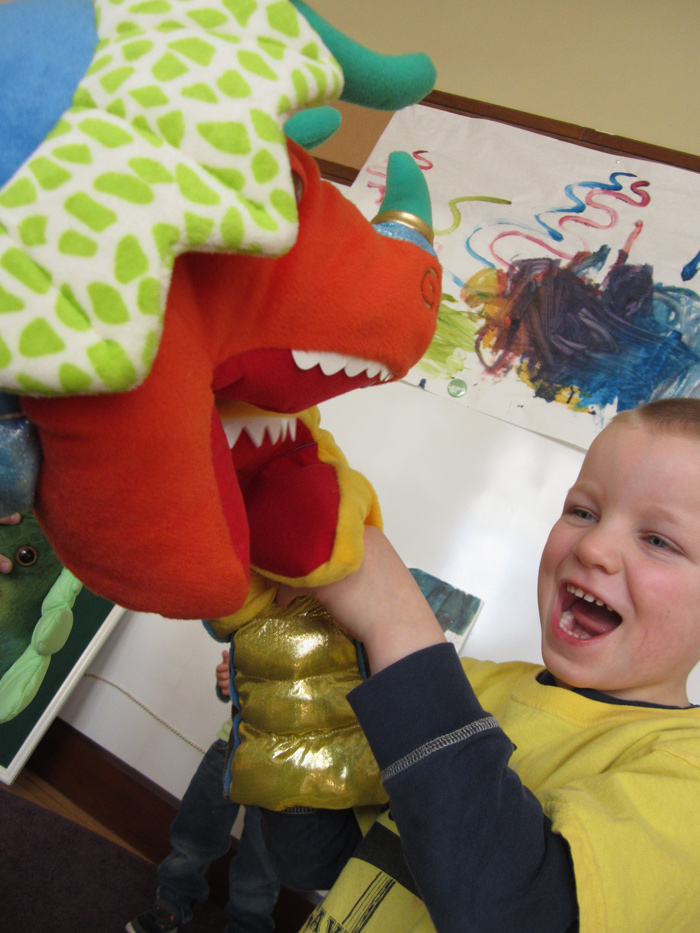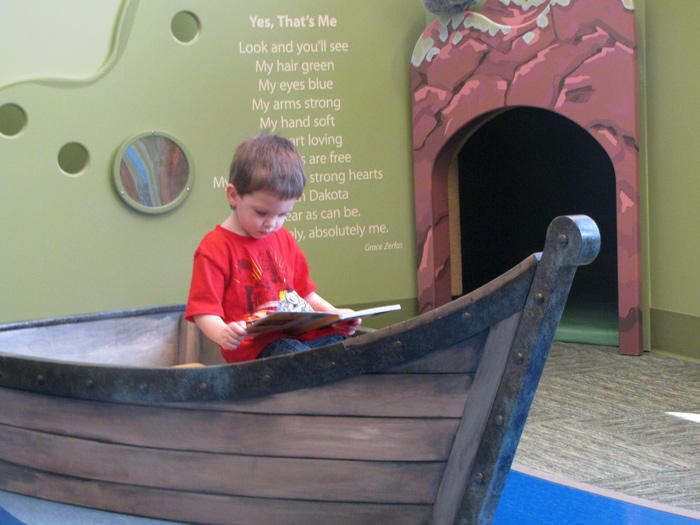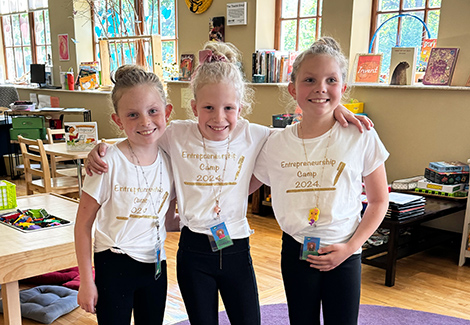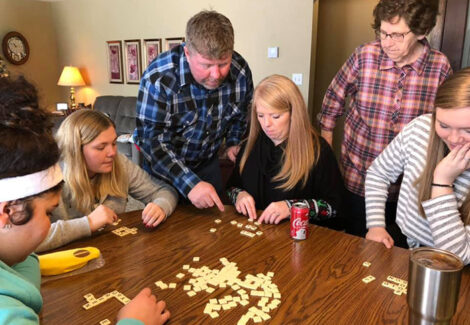Children learn as they participate in meaningful experiences with both adults and children. Reading with your child can spark a variety of playful opportunities. It’s very common for adults to ask children to tell them about what they’ve read. While asking questions is a valuable way to enhance comprehension skills; retelling stories is a method that supports children’s comprehension, imagination, and ability to make personal connections. Here are a few ways to deepen a child’s learning with books:

- Use puppets to bring the characters to life. Characters from the story will grab their attention and allow them to engage in a new way. When connections are built between the reactions and emotions characters are experiencing, the moral of the story becomes more tangible.
- Dramatic Play allows children to put themselves inside the story and imagine how the characters might feel. Active involvement in the recreation of the story connects to their world on a different level.
- Art encourages children to use self-expression. Providing craft materials and encourage children to share their reactions to a book provides a deeper look at their takeaways from the story.
- Sensory exploration bins help make sense of a story through hands-on experiences. Children can act out their favorite parts of a story. For instance, if you’re reading a book about construction vehicles, fill a bin with dirt, rocks, and toy excavators or bulldozers.
- Recreating a story can connect the comfort of a book with real-life experiences. For example, as your child enters a new classroom you could take their new classmates and create a book that replicates the well-known Brown Bear, Brown Bear.
- Felt Boards encourage children to manipulate the story. Suddenly the pictures become something they can engage with while using their imagination to retell or alter the storyline.
- Story boards, which are a sequence of drawings, encourage children to imagine the “what ifs”. Now the interpretation of the story is in their hands. They can retell it, rearrange it, or find different meanings through alternative endings.

The magnetic quality of the story is the universal power to remember, entertain, teach, inspire, create, and know (Raines & Isbell 1994). As you can see, there are a variety of ways to engage your young reader. Retelling a story enhances comprehension, fosters imagination, and supports building connections between life and storytelling.






